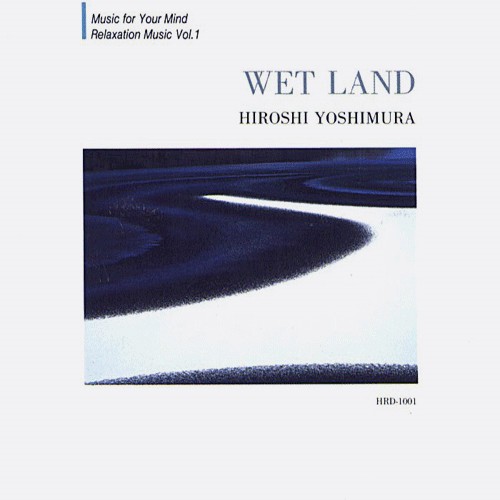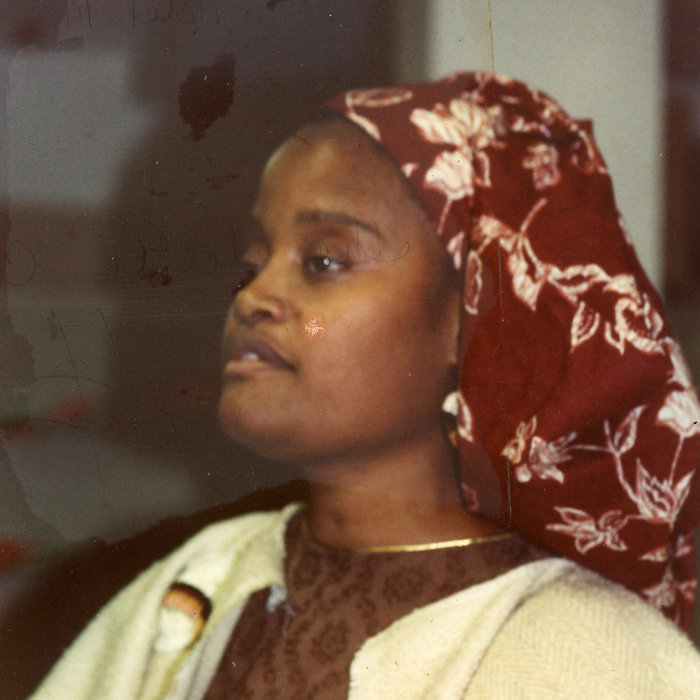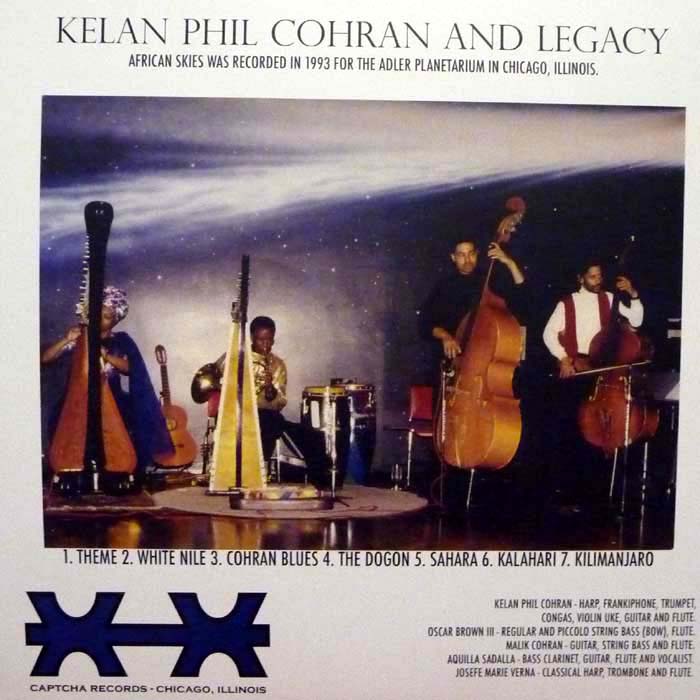
A less-heard but very deserving later work from the master, Hiroshi Yoshimura, by multiple requests. Though you’ll recognize a familiar fascination with water sounds, here the focus is on synth rather than piano. A love for pastoral, rolling keyboard motifs is still very present. If anything, by 1993 Yoshimura had burrowed even further into the tension between the natural and the artificial: though Wet Land is clearly preoccupied with visions of nature, here they’re rendered in hyper-synthetic, heavily produced language, and are all the more beautiful for it. Though this is busier than his earlier material, much of it feels in keeping with the hope Yoshimura and his peers had for “environmental music”–which, according to Ashikawa, was
…music that could be said to be an object or sound scenery to be listened to casually. Not music which excites or leads the listener into another world, it should drift like smoke and become part of the environment surrounding the listener. In other words, it is music which creates an intimate relationship with people in everyday life…Also, [it] is not the music of self-expression or a completed work of art; rather it is music which by overlapping and shifting, changes the character and the meaning of space, things, and people.
This is long out of print; however, if you’re interested in Yoshimura’s work, his Music for Nine Post Cards (the first installment in the Wave Notation series) was recently reissued by Empire of Signs and is available for purchase here.


